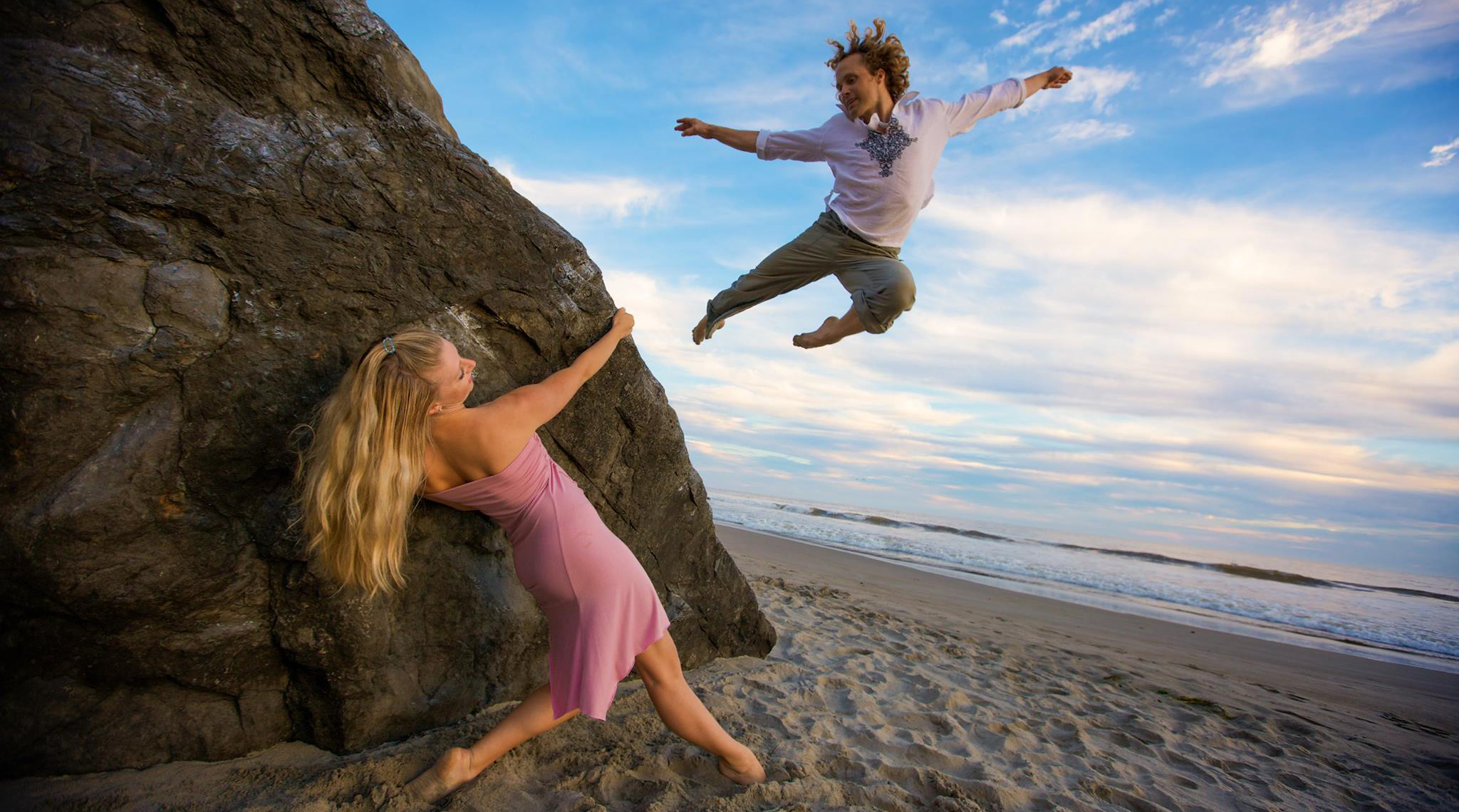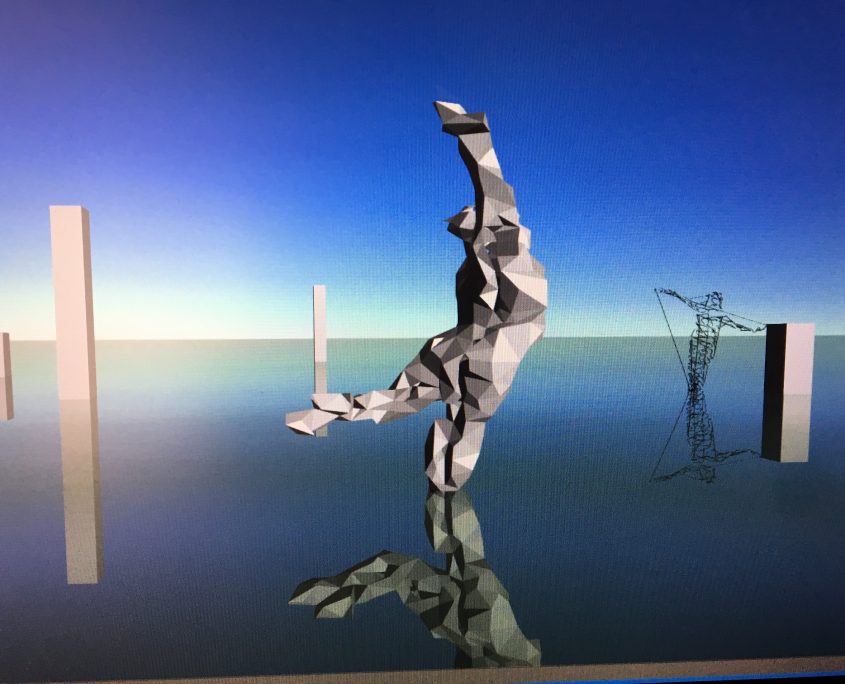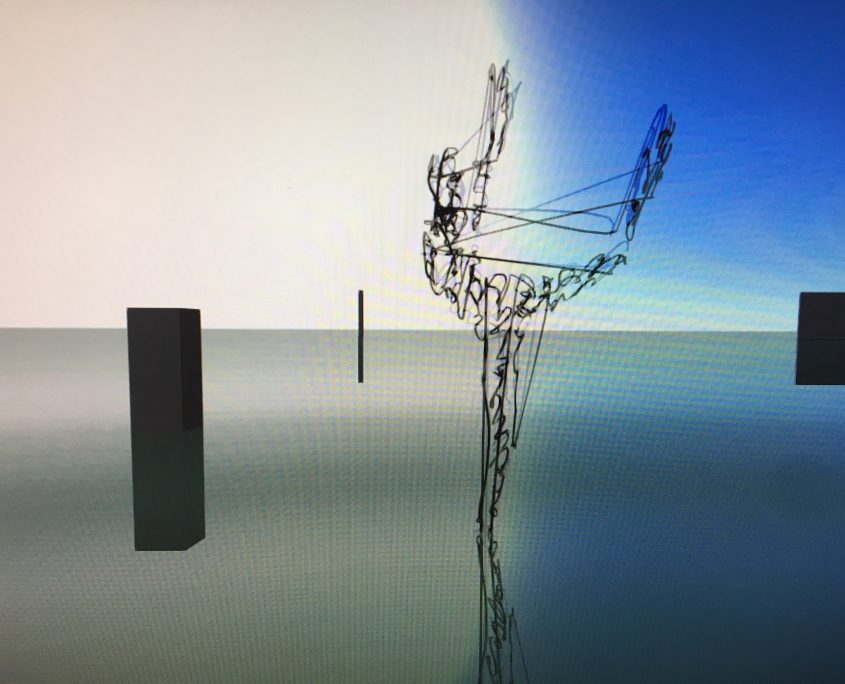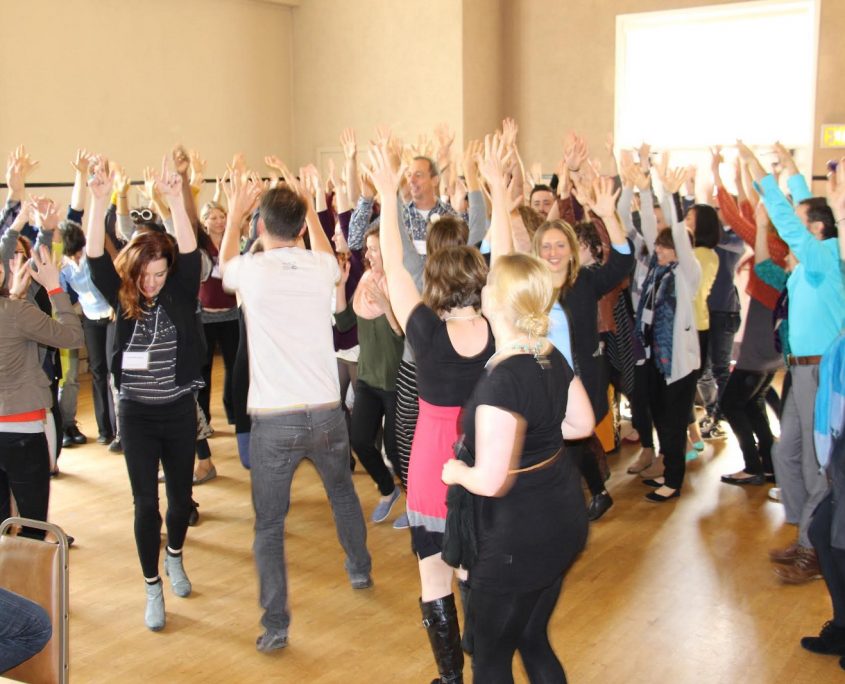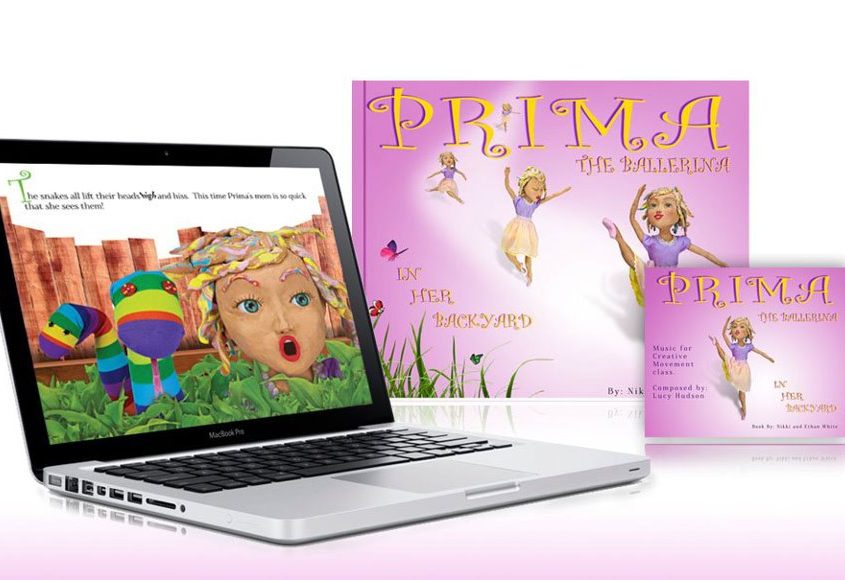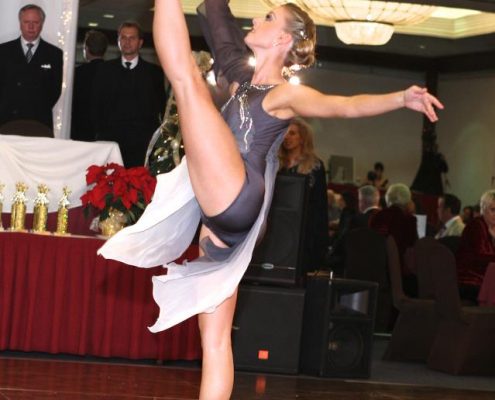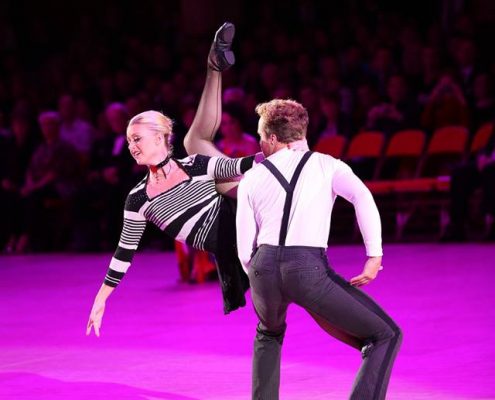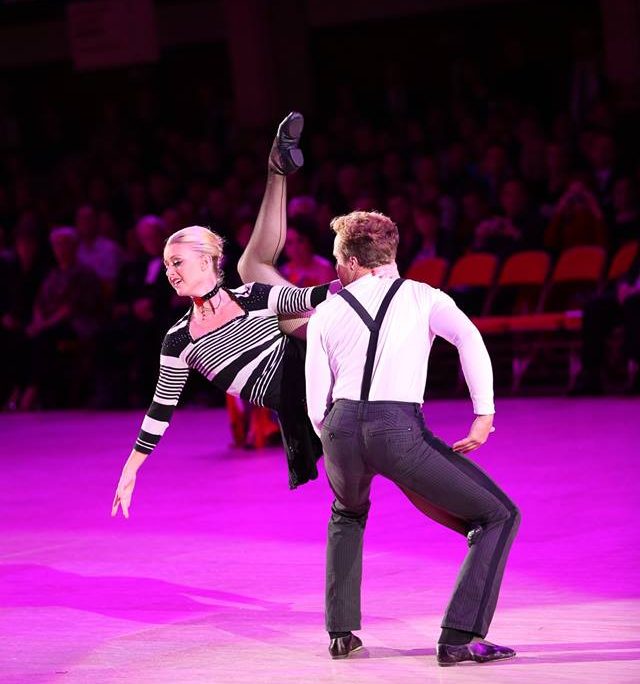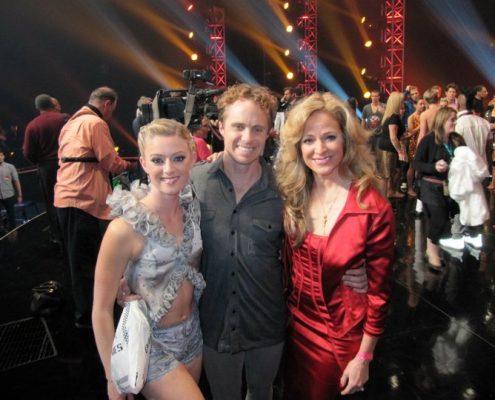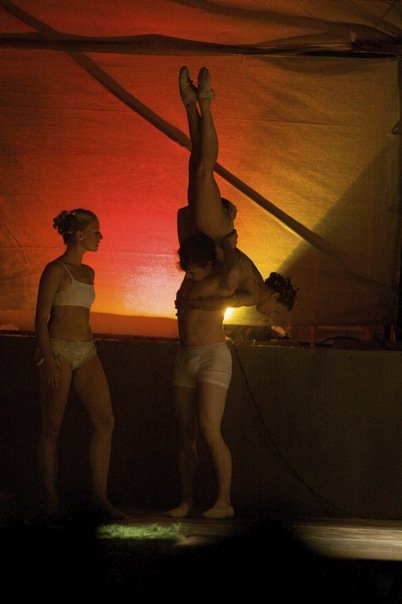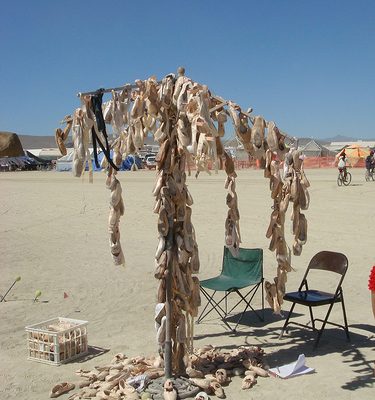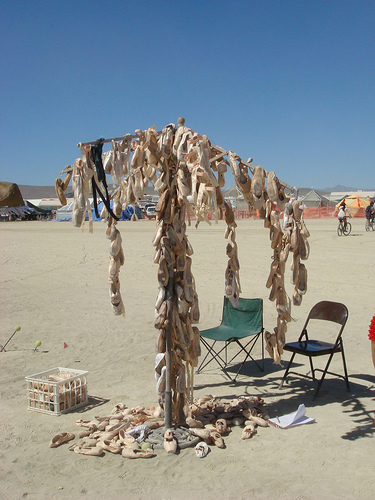Our Mission
To broaden the audience for dance, by highlighting the variety of contexts in which dance is the most direct, efficient, and creative form of human connection and communication.
Fundraising
Village
Village is a social and e-commerce platform in which non-profit organizations can fundraise while building stronger communities. The platform enables schools and non-profit organizations to easily and effectively create a private social network and public marketplace in which they can nurture relationships between community members while building their businesses and raising money for the benefit of the non- profit organization.
VISIT 4 THE VILLAGE
Bruno the Ballerino
Village
Bruno the Ballerino is the working title for a new story and character we are creating with Designer Daniel Hahn. Its the story of a robot boy who re-discovers his humanity through expressive movement. We want to create a super hero like character that glorifies the value of dance and expressive movement to provide an example for young boys. Our goal is to use the the Virtual Window concept from our SanFrancisco Ballet Sensorium installation to create a mixed reality art installation like dance video game.
San Francisco Ballet “Sensorium”
Virtual Window Art Installation
What: An art Installation comprised of multiple“Windows” into a responsive virtual environment. While passing by these virtual windows it appears as though you are peering into an infinite studio space with the view changing as your position in front of the window changes, just as if you were really looking through a window. This interactive installation makes the content and environment responsive, giving the viewer the ability to explore the subject and the environment.
Content: Low fidelity motion capture and artistic rendering of San Francisco ballet dancers.
Why: Virtual/Augmented Reality is the most talked about and least experienced new technology. This Installation demonstrates the power of interaction with content in a social setting. The viewers are encouraged (and in some cases interaction will be required) to drive the experience. It is a beautiful irony that we are fostering real life interaction by providing a shared virtual experience.
Benefits: The fully immersive VR experience gives you a 360° field of view but with this installation the audience can experience the core features of VR without the constraints of a headset. The Virtual Window (VW) is an introduction to the possibilities of interactive content and is ideal for public environments where a headset would severely limit the Impression rate.
When: Unveiling March 23rd 7:30 PM San Francisco Ballet’s Sensorium 2016
Where: San Francisco War Memorial Opera House
Design for Dance
Speakers/Presenters at Stanford’s Persuasive Technology Lab
Founded at Stanford University by BJ Fogg, PhD, Design for Dance brings together a vanguard of industry leaders to design for dance, wellness, and workplace fulfillment.
Since 2013, the annual conference has brought together behavior designers, corporate leaders, and many others to collaborate on specific strategies to dance more often, increase physical activity, and build a collaborative lifestyle.
We presented a Our children’s book “Prima the Ballerina” and a contact improv inspired exercise intended to increase intra-personal and intra-group”Visceral Trust”. They were presented as solutions to help various user groups overcome some of the insecurities that limit their comfort level with dancing in public. There is a whole cottage industry to help people over come fears of public speaking (communication). We think comfort with public dancing would go along way towards towards helping people overcome those fears while also building more effective communication skills.
Prima the Ballerina
Prima (the Ballerina) is an adventurous young girl with a wonderful imagination, a curious nature, and a big heart. She finds the dance in every movement, the games in everyday activities, and the joy that comes from self expression.
Nikki wrote this book as a fun children’s book but it’s also a teachers guide. The games in the book can be used as dance exercises in a ballet class, elementary school class, library reading, or during playtime at home. Ethan illustrated the book, making Prima out of clay with fully articulating joints that allow her to have the same range of motion as a real dancer.
She demonstrates functional alignment and ideal ballet positions. Photos were taken of her and separate background shots before being meticulously pieced together. This first book has characters which are handmade, drawn, and computer-generated giving it many layers. We hope this will encourage children to create their own clay Prima dolls, sock puppet snakes, or draw their own characters.
There is also an accompanying CD with detailed instructions on how to utilize all the games and put them to music.
Hardcover Book available for purchase at missnikkiballet.com
Ballroom Competitions
While competing in Live to Dance we were approached by World Champion ballroom dancer and recipient of the the Chinese oscar (Hauding award) for “Best Dancer in the World” Sharon Savoy about competing in the cabaret/theater arts division in ballroom competitions. We saw this as another unique opportunity to take our ballet technique and training and combine it with the usual aesthetic and business model (which is similar to the business model of “competition dance”) of the ballroom world.
We had the privilege of training with Sharon Savoy as well as national champions Nick Kosovich, and Rufus Dustin.
After competing for 2 years and winning 1st place in competitions such as the California Star Ball, U.S. Open Swing National Championships, Hollywood Dancesport Championships, and Florida Star Ball we were one of 8 couples in the world invited to compete in the prestigious Blackpool Ballroom Competition.
TV Show
Live to Dance was a CBS reality dance competition show hosted by Paula Abdul. The show was intended to rival So You Think You Can Dance. Unlike most other reality shows it allowed dancers to compete in any genre, at any age, and using their own choreography.
We competed on this television show as “White Tree Fine Art” and we were thrilled to be on every episode and become one of the Top 3 Finalists. The response we received from being on this show was phenomenal and it was what inspired us to continue pursuing avenues where ballet was not prevalent in our continued effort to make dance more accessible. We had never seen anyone en pointe competing on a mainstream reality TV show and fans reached out to tell us that we broadened their perspective of what ballet was, not just tutus and tiaras.
Outreach
Our outreach program (Making Dance Matter) was created through Urban Art Farm and it educated children about the importance of dance and art. The program traveled through dance and ballet history, debunking stereotypes and clarifying the relevance of the socio-cultural context of the times to the style in which the dances were created.
The program was delivered by accomplished professional male and female ballet dancers and utilized performance, lecture and audience participation to educate and entertain its audience.
We also created “Guerrilla Ballet” sponsored by the city of San Francisco to perform site specific duets in public spaces.
Ethan also created a Program called “Hugs that don’t Hurt” with a small group of psychotherapists in Austin Texas. The program was used to facilitate therapy sessions and provide a re-education on physical contact for children in an emergency children’s shelter.
Black Rock City Ballet
Written By EMILY HITE, Voice of Dance, Oct. 8, 2008
For one week a year in a remote desert of Nevada, nearly 50,000 nomads form an ephemeral community that is dedicated to radical self-expression. Ask someone who’s been there to explain it and you’ll probably be told you have to experience Burning Man’s Black Rock City to understand its community-centered art and gift-based economy. As a participant, you would encounter enormous outdoor sculpture, interactive installations and elaborate art cars. It’s not unusual to wear a costume, or nothing at all, or to be handed a snow cone from a stranger in the 107-degree heat. In addition to the abundant visual art works, Burning Man has an opera company and a circus, and, as of August 2008, a ballet company. Black Rock City Ballet was born of the imaginations of several professional dancers from Bay Area dance companies: Smuin Ballet, Sacramento Ballet and the Oakland Ballet Company. The group began in a shared living and working space in San Francisco called the Urban Art Farm (UAF).
At “the warehouse,” as the UAF is commonly known, the dancers spent the summer preparing for their Black Rock City debut. Ethan White, Ilana Goldman, Nicole Trerise and Gabriel Williams headed the project and collaboratively choreographed a dance piece that was aligned with this year’s Burning Man theme, “The American Dream.” Their work explored two interpretations of the dream: a consumerist, achievement-oriented mentality and a pastoral vision of freedom. They prepared a repertory program for twelve performers with works by Goldman, White, Williams, and Diablo Ballet’s resident choreographer (and Burning Man veteran) Viktor Kabaniev, as well as a pas de deux from Romeo and Juliet. White says that part of the draw of staging classical ballet in the desert is that it is bizarre in such an environment. It’s also a clever way to introduce a new audience to ballet who might not otherwise know they were interested in it. At Burning Man, people arrive willing to try things.
The dancers constructed their own stage, complete with sprung floor and marley, and secured full lighting and sound for their three outdoor performances. Large crowds arrived on foot or in art cars and stayed after the show for a guided improvisation session with live music. Following that, other community members were welcome to use the stage. One night, a burlesque show transpired.
Burning Man’s theme camps and lessons (all free to the Burning Man community) allow artists and craftsmen to share their interests with the aim of creating a participatory environment. Trerise taught a pre-ballet class to adults—“For the five-year-old in all of us” —which was a surprise hit. White recalls, “A ton of people showed up, and everybody fully acted the part of a five year-old. Nikki had a game and a song for everything.”
BRCB’s pointe shoe tree—a sculpture built from nearly 1,000 pair placed on and around an eight-foot tall patio umbrella skeleton—was also a hit. Dancers from local companies as well as from New York, Chicago and Atlanta, donated the worn, signed shoes. Within five minutes of setting it up, close to 100 pair were gone (people were encouraged to take them), and White spotted several Burning men and women walking through the desert in their newly acquired footwear.
Burning Man could be the ideal culture in which to build ballet’s next generation of supporters. “People have this idea that it’s a bunch of hippies or people that like to party. I think people are shocked when they realize what the people they meet at Burning Man do for a living,” White says, referring to accomplished professionals with disposable income who support the arts and want to be involved in a meaningful way. Several viewers approached the dancers to talk about expanding the project in the future in order to secure the presence of their “local” ballet company when they are residents of Black Rock City.
The plan to increase ballet’s visibility and revise its elitist image extends beyond the Burning Man project. White describes the BRCB cooperative as “a bunch of dancers recognizing that we need to expand our audience,” and proposes that Burning Man is a perfect market where ballet should be represented. The artists are motivated not only by a desire to share their work, but also out of concern for the state of their art in a slumping economy.
Emily Hite is a freelance writer based in San Francisco, CA.
Urban Art Farm
growing art, cultivating artists, feeding the community
Urban Art Farm was an umbrella organization under which a variety of focused projects could flourish. The first goal of UAF was to provide resources, infrastructure and community support for projects spearheaded by individual artists. Preference is given to dancers exploring choreography, musical composition, and visual arts.
Our second goal was to grow, educate, and entertain a demographic that is broader than the current concert performance audience by offering outreach programs to disadvantaged communities and creating art more accessible to all generations.
The third goal of UAF was to become a model for nonprofit companies seeking financial stability through diversification of earned income sources.
In all these ways, we sought to amplify the place of art in the lives of individuals throughout our community.

